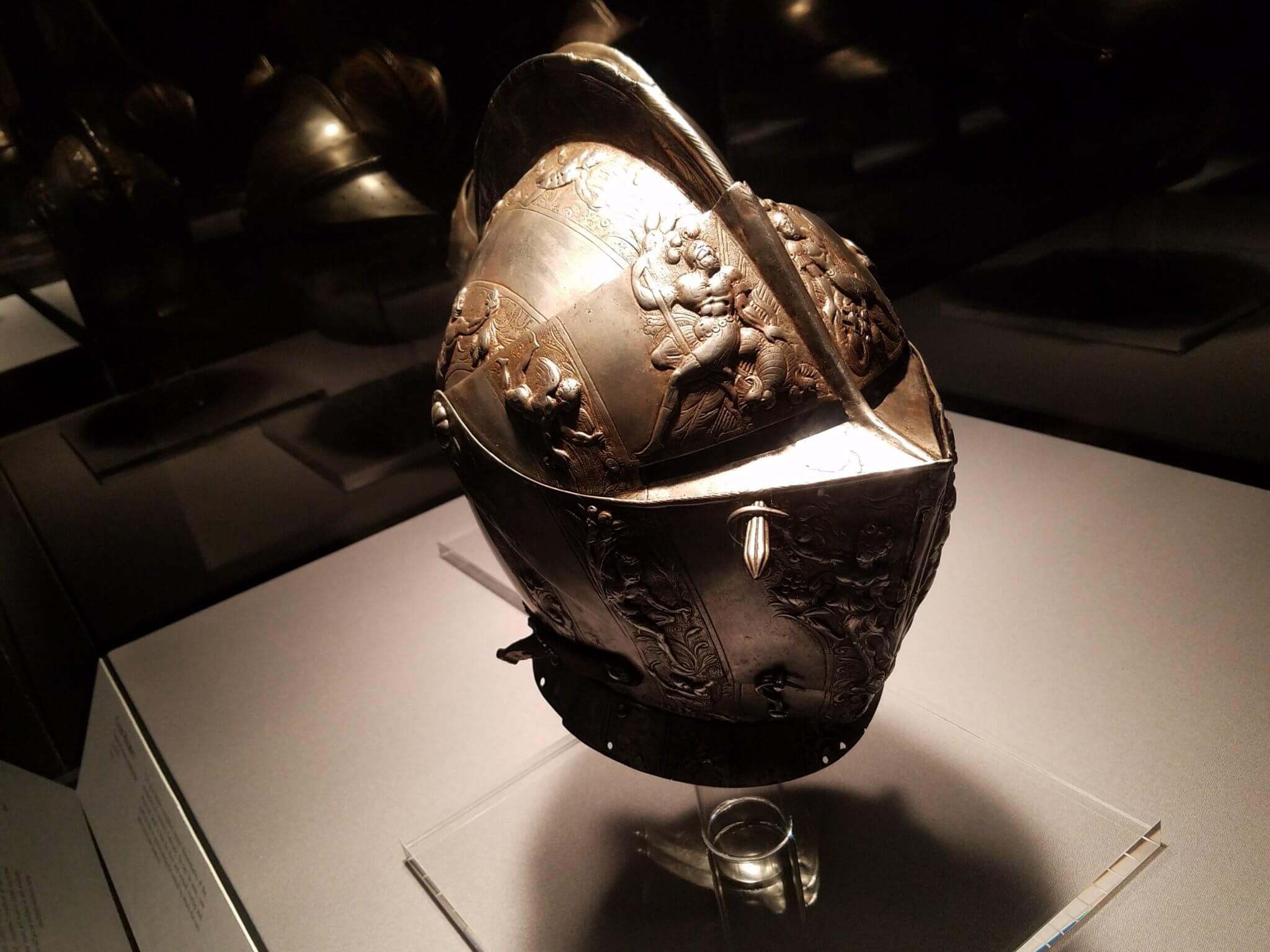Here is a wonderful quote about creating battle narratives:
The reconstruction of a medieval battle is inevitably a tentative, cautious process. In the case of Stoke Field, the surviving printed sources and chance archaeological discoveries tell us only part of the story, and some writers have suggested that there is little merit in producing a version which is partly speculative and possibly inaccurate. John Gillingham’s comment that ‘many such maps [of the battle of Bos worth] have been drawn but, apart from the fun of making them, they are all quite worthless’ is still mentioned approvingly, although those who quote him and then go on to write about the battle invariably produce maps of their own!

Dr Michael K. Jones has argued that it is virtually impossible to determine the course of events in a medieval conflict and express them diagrammatically. ‘By piecing together a number of accounts, each from its own perspective, we can recapture some of the key moments and gather a sense of what took place (but) the order in which they took place, and the cause and effect between them, is ultimately unknowable’. The terrain, strategy and tactics are, he says, relevant ‘if available evidence allows them to be determined’; but it is more profitable to consider the intangible, the motivation and mindset of the principal combatants. ‘A surer sense of battle is to be found by focusing on why men fought’ rather than by drawing neat maps which can never adequately express the chaos of the melee.

It is, of course, entirely reasonable to examine, and indeed speculate upon, the wider, psychological aspects of a battle, but difficult to see how the thoughts of the soldiers (which are ultimately unknowable) can replace the verifiable reality of the landscape and the ways in which an army could, or could not, be deployed within it. The key to understanding a battle is surely to be found not in Jones’s ‘intangible’ but in a scientific and methodical approach to the surviving evidence, one which seeks to reconstruct the historic terrain and is based on a full archaeological survey, a careful examination and concordance of the surviving literary sources, and a knowledge of the military practices of the period. It should be possible to use both documentary evidence and soil sampling techniques to determine areas of cultivation, marsh, wood-land and the courses of roads and the river in the late-medieval era, and systematic fieldwalking by volunteers armed with metal detectors could lead to discoveries which would tell us much more about precisely where and how the battle was fought.
Taken from: Stoke Field: The Last Battle of the Wars of the Roses by David Baldwin & https://sellsword.wordpress.com/about/
